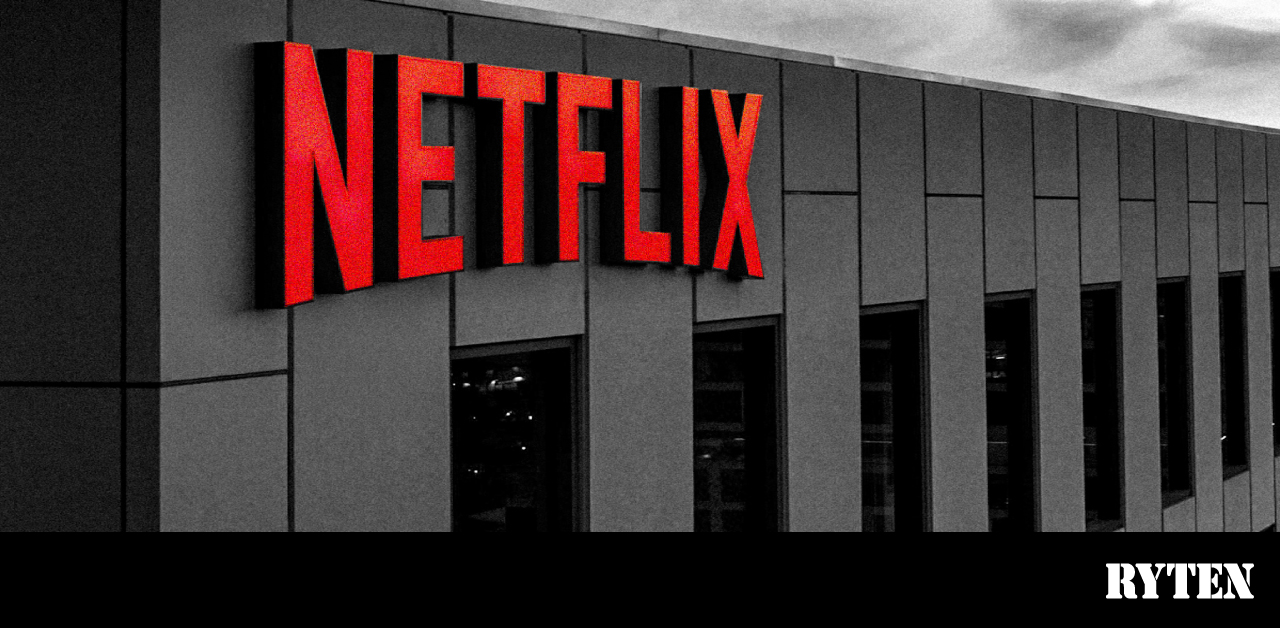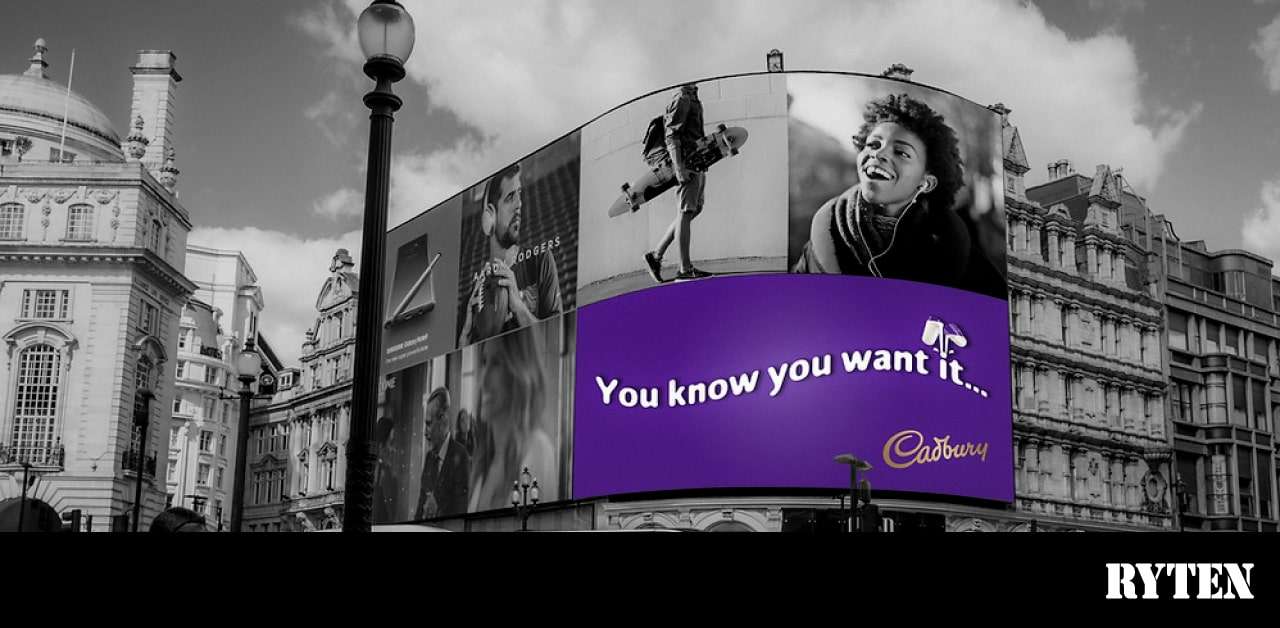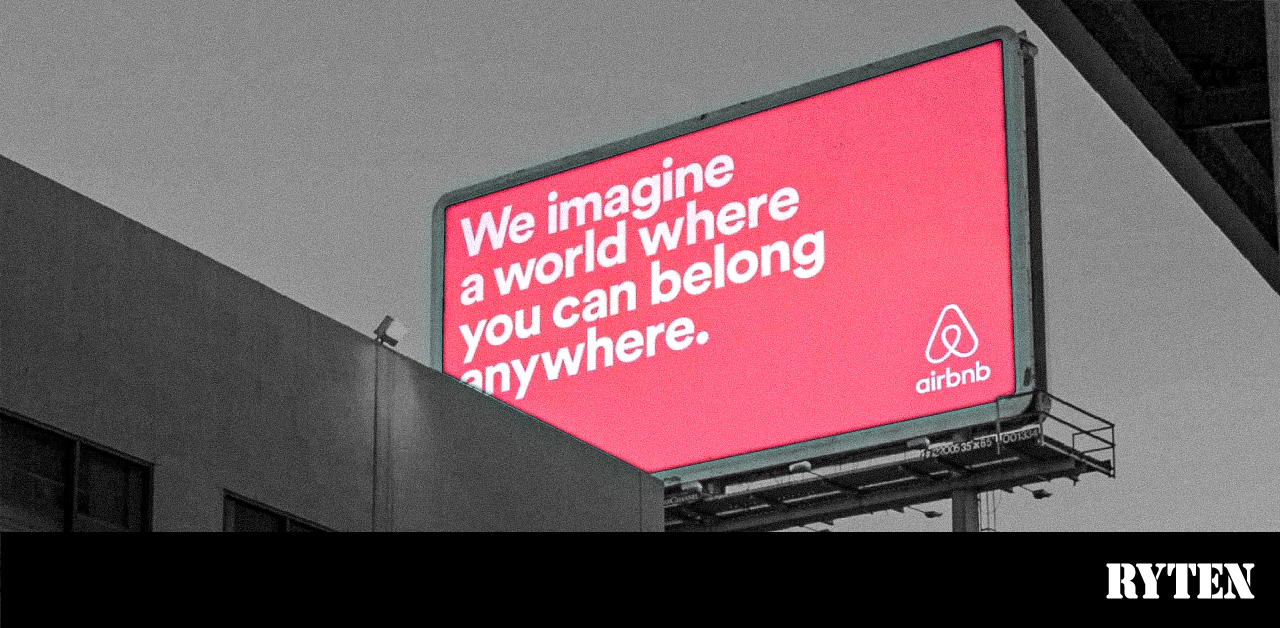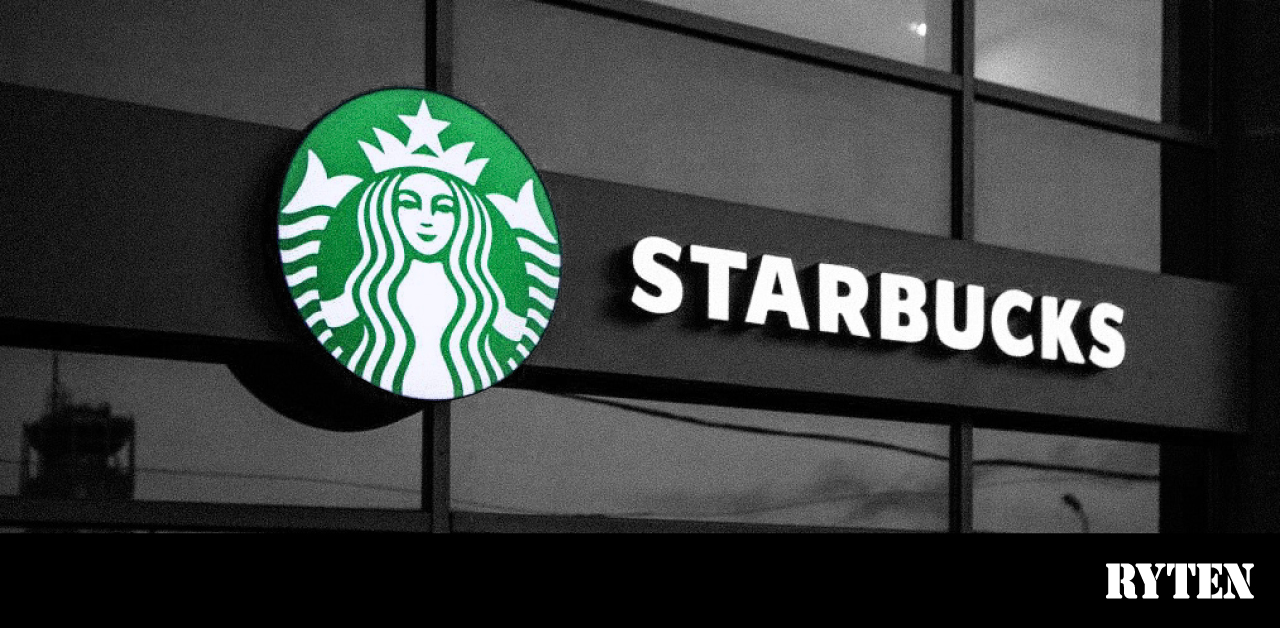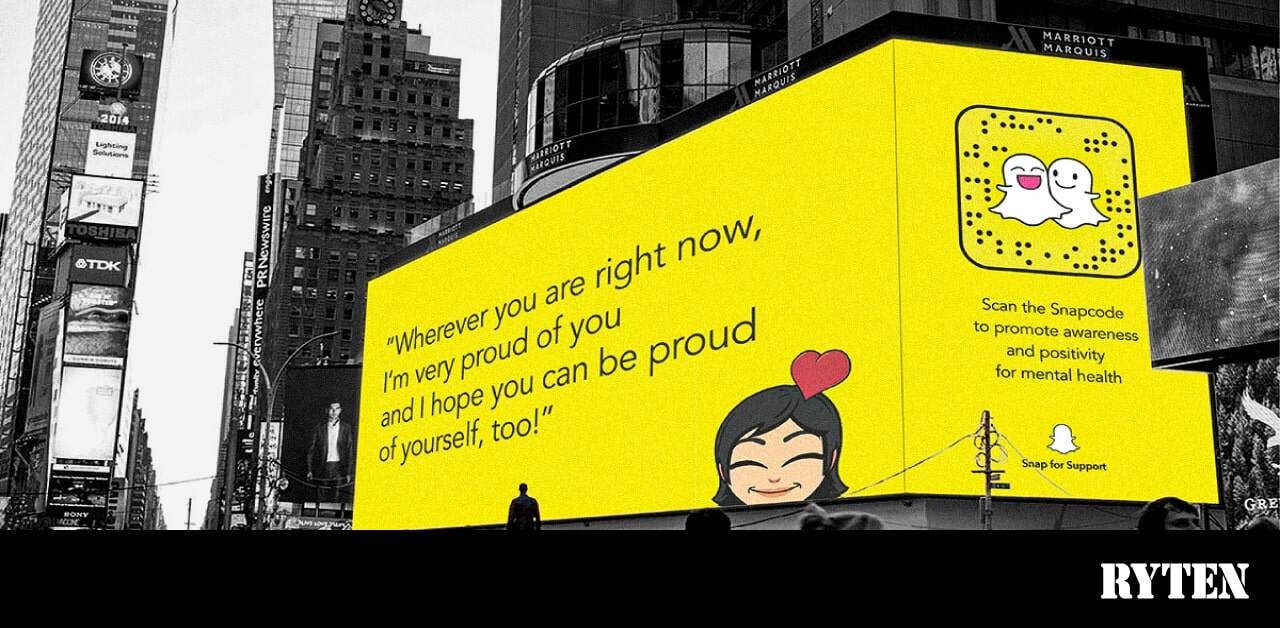FROM AN OS FOR CAMERAS TO HAVING 88% SMARTPHONE MARKET: SUCCESS STORY OF ANDROID
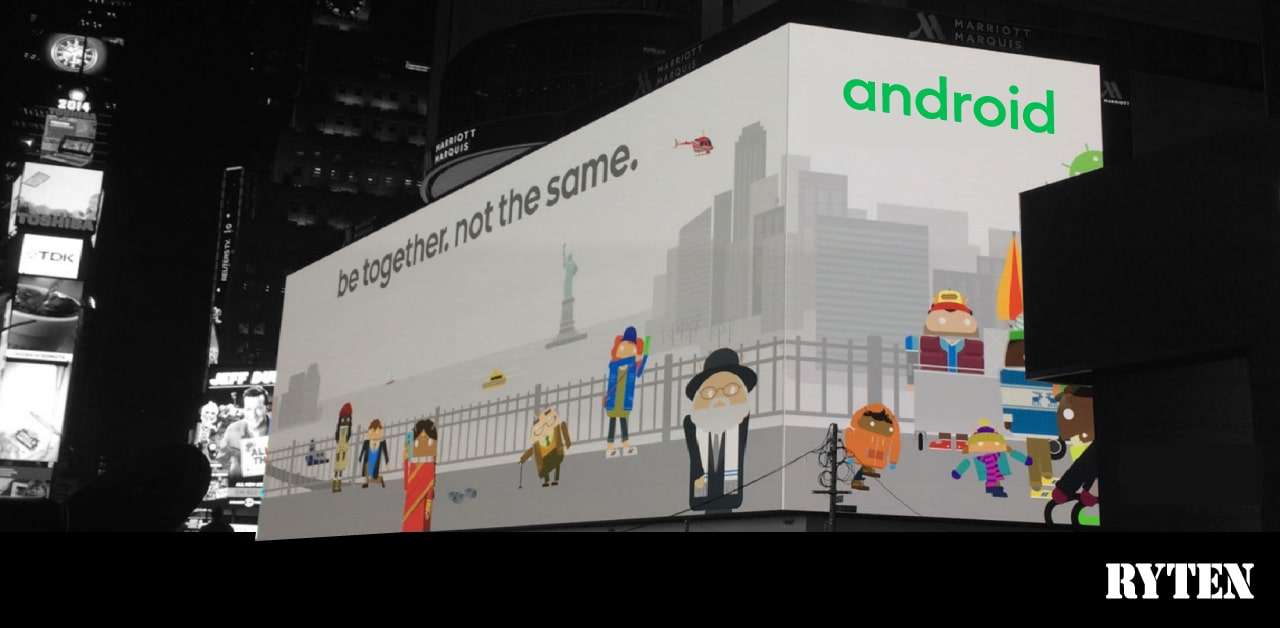
5 Fantastic Facts About Android:
- The word Android means a human with a male robot appearance. And the original android robot was inspired by restroom signs.
- Android was originally created as an operating system for digital cameras
- Android’s app store “Google Play” has over 48 billion app installs and is available in around 46 languages.
- Google Maps calculates traffic by tracking how fast Android devices are moving on the road.
- Google had to make a deal with Nestle in order to use the name “Kit-Kat” for the Android version.
Introduction
The Android operating system is a mobile operating system that stands for a mobile robot usually in a human form. It is based on a modified version of the Linux kernel and other open-source software that was developed by Google to be primarily used for touchscreen devices, cell phones, and tablets.
The Android operating system was first developed by Android Inc., a software company located in Silicon Valley before Google acquired it in 2005. Investors and electronics industry analysts have questioned Google’s true intentions for entering the mobile market space since that acquisition. But in any case, soon thereafter, Google announced the impending rollout of its first commercially available Android-powered device in 2007, although that product hit the marketplace in 2008.
How Android Started
The story of Android began back in October 2003, when Android Inc was founded in Palo Alto, California by its four founders Rich Miner, Nick Sears, Chris White, and Andy Rubin. Back then the term “Smartphone” was still unknown to the world. The plan of Android OS was originally meant to improve the operating systems of digital cameras. Even though, back then, the market for stand-alone digital cameras was gradually declining. That is why in 2004 the project shifted its gear and was changed to become an operating system for smartphones. Rubin shared that Android Inc would develop “smarter mobile devices that are more aware of its owner’s location and preferences.” In 2005, the company was bought with $50 million by Google Inc, the American search engine company, from where Google started to work on marketing the early mobile platform to handset manufacturers and mobile carriers. On October 22nd of the year 2008, T-Mobile G1, the very first cellular telephone to feature this operating system was released. Currently Android holds about 71 percent of the Mobile Operating System Market Share Worldwide.
Story Behind the Name and Logo
We all are pretty familiar with the name Android and its cute green robot-shaped logo. Android is actually not a recent word, rather it was first coined in the early 18th century from the modern Latin word androides, which was used in science fiction to depict human-like-robot, in other words, mechanical devices that resemble humans. But, it is a very interesting fact, how Android Inc. got the name. Android was actually named after the Founder, Andrew Rubin. Way before starting Android Inc. and joining Google, he actually worked at Apple where he was given the nickname “Android” for his love of robots. Later they figured “Android” is a very fitting name for an operating system that prides itself on personalization. It is funny how Rubin is no longer a part of Google, but his name lives on.
The logo of Android Inc was designed in the year 2007 by Irina Blok, a graphic designer of Google. The main plan was to become an international symbol, with the logo’s main element being a robot consisting of a quadrangular torso, a semicircular head with two antennas on it, and limbs presented by bars with rounded ends. After several sketches, designs, and modifications the team ended up with a simple, robot-shaped logo with a muscular body and a head similar to an inverted bowl. The color of the logo was chosen for this shade of green (standard color value: PMS 376C print, hex color # A4C639). as it would contrast with almost all colors.
First Model of Android
The development of the Android operating system was started in 2003 by Android, Inc. Later on, it was purchased by Google in 2005. Android made its official public debut in 2008 with Android 1.0, a release so ancient it didn’t even have a cute codename. Things were pretty basic back then, with a Web browser to show HTML and XHTML web pages, a camera, and access web email server (POP3, IMAP4, and SMTP). This version contains Google Calendar, Google Maps, Google Sync, Google Search, Google Talk, Instant messaging, Media player, Notifications that appear in the status bar, wallpaper, YouTube video player, Alarm Clock, Calculator, Dialer, Pictures (Gallery), Wi-Fi and Bluetooth support.
Tough Time of Android
The Android world is packed with groundbreaking innovations and cutting-edge devices. But still, there are also plenty of gimmicks that don’t work. Google, which has been struggling to turn around loss-making cellphone maker Motorola Mobility which it bought for $12.5 billion, reported a 20 percent dive in net income to $2.18 billion. Excluding certain items, it earned $9.03 a share, vastly underperforming the $10.65 analysts had expected, on average.
There’s a fascinating lesson here because the extremely costly Motorola acquisition was directly linked to Google’s decision to launch Android as a major business venture. And it’s pretty clear that when we account for the costs of the Motorola purchase, Android has been a pretty epic failure. And yet as a product, it’s an enormous success, the most popular smartphone OS on the planet, and even more than that a huge driver of smartphone adoption.
Future of Android
With the global AI market size reaching USD 328.34 billion, it is predicted by experts that various apps using machine learning algorithms and predictive analysis will be developed. This way, the Android app developers will offer a more enhanced personalized experience to the users. Blockchain technology is already being used in various apps by android, staying up-to-date with technology while securing data privacy. Mobile app development with time will get more tech benefits in the upcoming years, with the increasing growth of instant apps. Android app development will increase more exponentially with the growing users’ expectations and needs. In the business futuristic world, one should understand the future of app development to make their respective businesses competitive and profitable
Key Milestones of Android
2008: Android made its official public debut in 2008 with Android 1.0 with a suite of early Google apps like Gmail, Maps, Calendar, and YouTube, all of which were integrated into the operating system.
2009: With early 2009’s Android 1.5 Cupcake release, the tradition of Android version names was born. Cupcake introduced numerous refinements to the Android interface, including the first on-screen keyboard.
Android 1.6, Donut, rolled into the world in the fall of 2009. Donut filled in some important holes in Android’s center, including the ability for the OS to operate on a variety of different screen sizes and resolutions.
Android 2.0, Eclair, was the first Android release to enter mainstream consciousness thanks to the original Motorola Droid phone and the massive Verizon-led marketing campaign surrounding it.
2010: In January 2010, Android 2.1 came up with live wallpapers bringing perpetual animation to the home screen of Android devices which was a massive battery drain and a hit to performance.
Just four months after Android 2.1 arrived, Google served up Android 2.2, Froyo, which revolved largely around under-the-hood performance improvements with Flash support, allowing for a full desktop browser experience on mobile.
The first true visual identity started coming into focus with 2010’s Android 2.3, Gingerbread release. Bright green had long been the color of Android’s robot mascot, and with Gingerbread, it became an integral part of the operating system’s appearance. The on-screen keyboard is redesigned to improve typing speed and accuracy, and suggestions are now available as you type.
2011: 2011’s Android 3.0 to 3.2, Honeycomb space-like “holographic” designed period came into the world as a tablet-only release to accompany the launch of the Motorola Xoom, and through the subsequent 3.1 and 3.2 updates, it remained a tablet-exclusive entity.
Android 4.0, Ice Cream Sandwich also released in 2011, served as the platform’s official entry into the era of modern design. The release refined the visual concepts introduced with Honeycomb and reunited tablets and phones with a single, unified UI vision.
2012: Android 4.1 to 4.3, Jelly Bean releases took more meaningful strides in making Android more inviting for the average user. Visuals aside, it brought the first taste of Google Now, expandable and interactive notifications, an expanded voice search system, and a more advanced system for displaying search results in general, with a focus on card-based results that attempted to answer questions directly.
2013: Android 4.4, KitKat showed up the efforts to make Android better on low-end hardware, with the possibility of running it with as little as 512MB of RAM. Google Now Launcher was then available as a home screen, and when it is running, users can simply say, “OK, Google” and then search by voice or use Voice Actions.
2014: Android 5.0 Lollipop was a major shakeup in the overall look of the operating system using Google’s new Material Design language, lighting and shadow effects, paper-like look for the Android user interface. The UI also got some other upgrades, including a revamped navigation bar, rich notifications for the lock screen, and much more.
2015: Android 6.0 Marshmallow used the sweet treat favored by campers as its main symbol. Internally, Google used “Macadamia Nut Cookie” for Android 6.0 before the official Marshmallow moniker marked its place in Android history. It included features such as a new vertically scrolling app drawer, along with Google Now on Tap, native support for fingerprint biometric unlocking, USB-C support, the introduction of Android Pay (now Google Pay), and much more.
2016: Android 7.0 Nougat was launched in the fall of 2016 with many new features including better multi-tasking functions for the growing number of smartphones with bigger displays, such as split-screen mode, along with quick switching between apps.
2017: In August, Google confirmed the cookie-inspired public name, Oreo, Android 8.0, showing off the Android Oreo mascot statue for the first time at a press event in New York City. Android Oreo packed in lots of visual changes to the Settings menu, including native support for picture-in-picture mode, notification channels, new autofill APIs to better manage passwords and fill data, and much more. Android Oreo first came installed on Google’s own Pixel 2 phones.
2018: On August 6, 2018, the company officially launched the final version of Android 9.0, Pie, which included some new features designed to help extend your smartphone’s battery life.
2019: Ten years after the launch of the OS, Google launched the first official developer preview of Android Q as Android 10, on March 13, 2019. That included a new logo and, more importantly, the decision to ditch the traditional dessert name for the next version. On September 3, 2019, it launched for Google’s Pixel devices.
2020: On February 18, Google launched the first Developer Preview for Android 11. Android 11 has arrived with plenty of new features. That includes a new Conversations notification category where the system gathers all of your chats from various apps.
2021:Android 12 was officially launched on October 19, 2021, alongside the Pixel 6 series. Likely the most significant upgrade is a complete overhaul of the user interface. Google returned to the drawing board to create a more dynamic and relatable interface. They’ve called it Material You.

